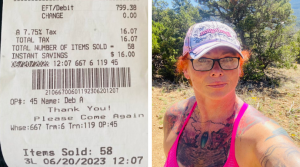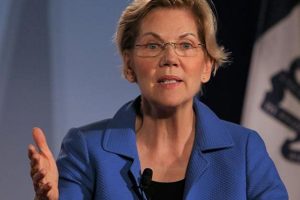Retail inflation fell marginally to 7.01% in June on the
back of a slight drop in prices of vegetables and pulses, though it remained
above the Reserve Bank of India’s (RBI) tolerance level for the sixth month in
a row.
The consumer price index (CPI) based on inflation stood at
7.04% in the previous month in May and 6.26% in June 2021.
Also Read | Explained: Why has RBI allowed international trade settlement in Rupee
Inflation in the food segment in June 2022 stood at 7.75%,
against 7.97% in the previous month, according to the National Statistical
Office (NSO) data released on Tuesday.
The government has directed the RBI to ensure that
inflation remains at 4%, with a margin of 3% on either side. However, retail
inflation has stayed above the RBI’s upper tolerance limit of 6% since January
2022.
Also Read | Indian rupee hits all-time low on stronger dollar, recession worries
According to the official data, the inflation rate in
vegetables dropped to 17.37% during the month from 18.26% in May. For pulses
and products, it eased to (-) 1.02% against (-)0.42%.
However, the rate of price rise in ‘cereals and products’
increased to 5.66%, from 5.33% in the preceding month. The inflation rate in
the ‘fuel and light’ segment moved up to 10.39% as against 9.54%, while that
for fruits increased to 3.10% from 2.33%.
Also Read | Asian stocks fall as investors await US inflation data, earning reports
Last month, the RBI in its bi-monthly monetary policy
review raised the benchmark repo rate by a sharp 0.50% to 4.90% to curb rising
inflation. It followed an off-cycle meeting on May 4, when the central bank
raised the repo rate by 0.40%. A Repo rate is an interest rate at which the
central bank lends short-term money to banks.
RBI Governor Shaktikanta Das had said the global
geopolitical situation remains fluid and commodity markets remain on the edge,
rendering heightened uncertainty to the domestic inflation outlook.
Also Read | Week ahead: Quarterly results, crude price to weigh on Sensex, Nifty
However, certain positive developments such as expectations
of a normal south-west monsoon and Kharif agricultural season, recent
supply-side measures taken by the government, and lifting of palm oil export
ban by Indonesia may help to control the soaring prices to some extent, he
added.
The central bank also raised its retail inflation forecast
for the current financial year to 6.7% from its previous estimate of 5.7%.
Also Read | How to survive a market crash
On July 9, the RBI Governor while speaking at the Kautilya
Economic Conclave showed confidence that the price situation will gradually
improve in the second half of the current fiscal. He also said the RBI would
continue to take monetary measures to control inflation to achieve strong and
sustainable growth.
Also Read | Great Depression to COVID: Top 5 market crashes in American history
Price stability is key to maintaining macroeconomic and
financial stability and the central bank will undertake necessary measures for
the same, the governor added.





